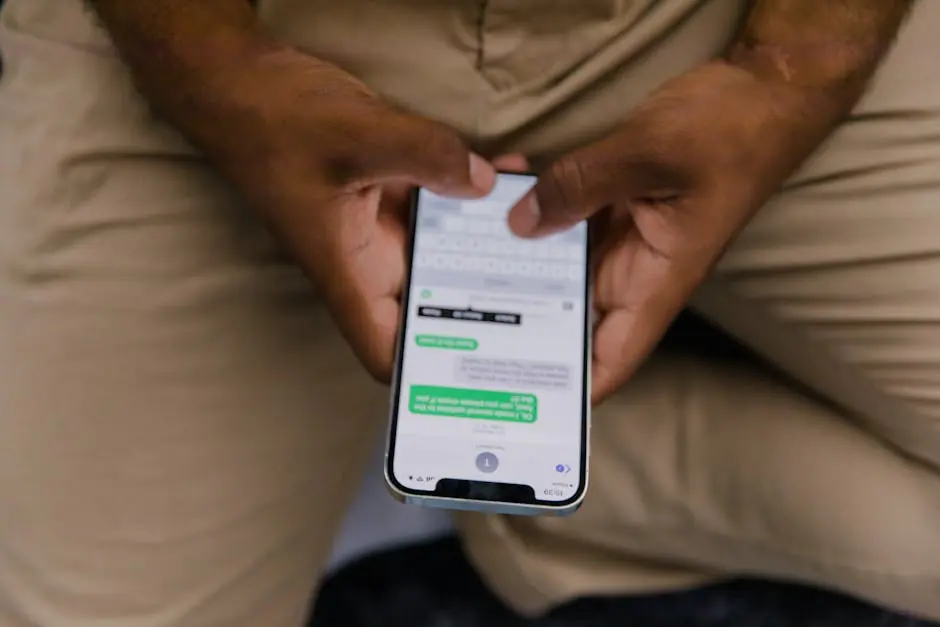
Boosting Engagement Through Compelling Quick Images
In today’s fast-paced digital world, grabbing attention quickly is paramount. Quick images, with their eye-catching potential, are a powerful tool in the digital marketing arsenal. Let’s explore how these compelling visuals can boost engagement and make your content stand out.
Understanding the Impact of Quick Images
Quick images are designed to capture the viewer’s attention at a glance. They are brief, impactful, and focused, making them perfect for today’s fast-scrolling audience.
The ability to captivate an audience in just seconds has become a game-changer in digital marketing. Quick images harness this potential by embedding impactful visuals that stick with viewers even after they have scrolled past. But it’s not just about catching the eye—these images can also succinctly convey complex information, making them an incredibly versatile tool. For instance, a well-designed quick image can summarize a blog post’s key takeaways or offer a snapshot of product features. By doing so, quick images facilitate better content retention and foster deeper interaction, as users are more likely to like, comment on, or share visually engaging content.
Every social media feed offers myriad opportunities for quick images to shine. In a sea of never-ending content, the brightest visuals stand out, compelling users to pause and engage. The innate human attraction to visual information means that by leveraging quick images, brands can significantly boost their reach and engagement rates. Algorithms of social media platforms often prioritize content with higher engagement rates, which translates into greater visibility for posts with compelling visuals.
Elements of a Compelling Quick Image
A strong quick image features a harmonious blend of color, text, and design elements. It’s crucial to maintain a clear and concise message to ensure maximum impact and engagement.
At the heart of every quick image is a narrative. The most engaging visuals tell a story, whether it’s capturing the essence of a brand or evoking a specific emotion in the viewer. Colors play a pivotal role; they can evoke emotions and symbolize different qualities. For example, blue often represents trust and professionalism, while red can evoke excitement and urgency.
Typography is another crucial element. The right font can enhance readability and complement the image’s message. Choosing bold, sans-serif fonts can make text more legible, thus ensuring that the message is not lost. This is especially important for quick images, where the viewer needs to grasp the content instantaneously. Finally, the balance between text and image is vital. Overly text-heavy images may appear cluttered, while images with no text might miss the opportunity to relay necessary information. Striking a perfect balance is key to creating memorable and effective visuals.
Choosing the Right Platform for Your Quick Images
Different platforms require different types of quick images. From Instagram stories to Twitter posts, understanding the platform can help tailor your images for optimal effect.
Before crafting your image, consider the platform where it will be posted. For example, Instagram Stories require a vertical orientation to fill the screen, maximizing engagement by immersing the viewer in the content. Platforms like Twitter demand a more concise approach, where your quick images must communicate even more swiftly due to the scrolling nature of the feed.
Beyond dimensions, each platform has a unique audience demographic. Instagram, with its younger audience base, might favor bold visuals and vibrant colors. LinkedIn, however, leans towards professional and polished imagery, suitable for networking and corporate updates. Tailoring your visuals according to the audience of each platform increases the likelihood of content being well-received and shared.
Tips for Creating Effective Quick Images
Consider using simple design software to quickly craft appealing images. Experiment with different styles and formats until you find what resonates with your audience.
One practical tip is to start with templates—these can be a time-saver while providing a solid foundation upon which you can customize your designs. Numerous online design tools offer free templates that are ready to be personalized by adding your brand colors, text, and images.
Simplicity often equals sophistication in quick image design. Avoid overcrowding images with too much text or too many elements. Minimal designs tend to be easily digestible and visually appealing. Testing various images to see which style elicits the best response can also be beneficial. Analyzing engagement metrics can provide insights into preferences, allowing you to fine-tune your visual strategy.
Finally, always consider the mobile experience. With a large portion of social media consumption occurring on mobile devices, images need to be easily viewable on small screens. Large, bold text, clear graphics, and high-contrast colors work well for this purpose, ensuring your message is both clear and impactful.
Embrace the Power of Quick Images
By mastering the art of creating quick images, you can significantly enhance your content’s engagement. These images not only capture attention but also convey your message more effectively. Dive into the world of quick images and watch your audience grow.




